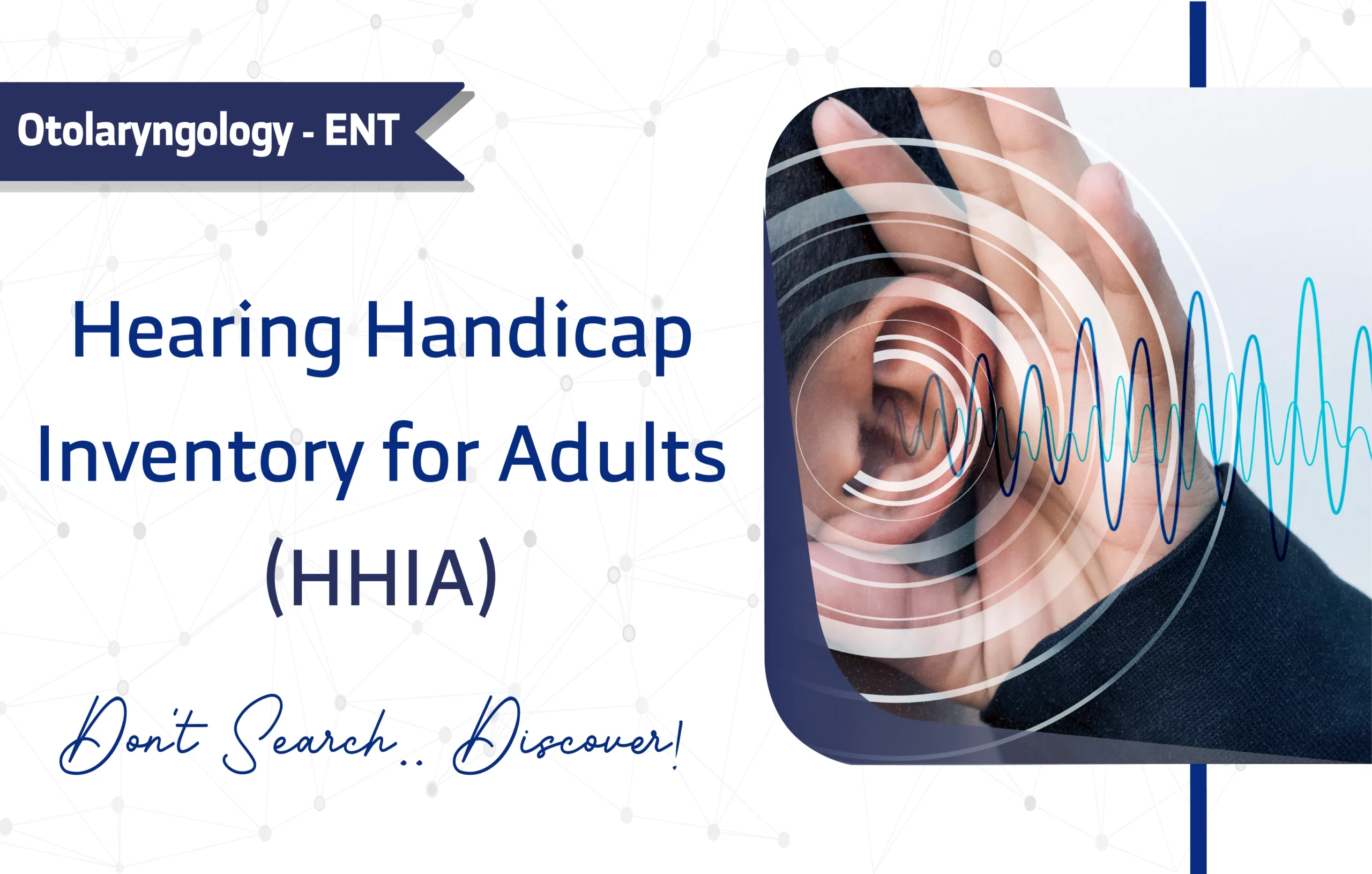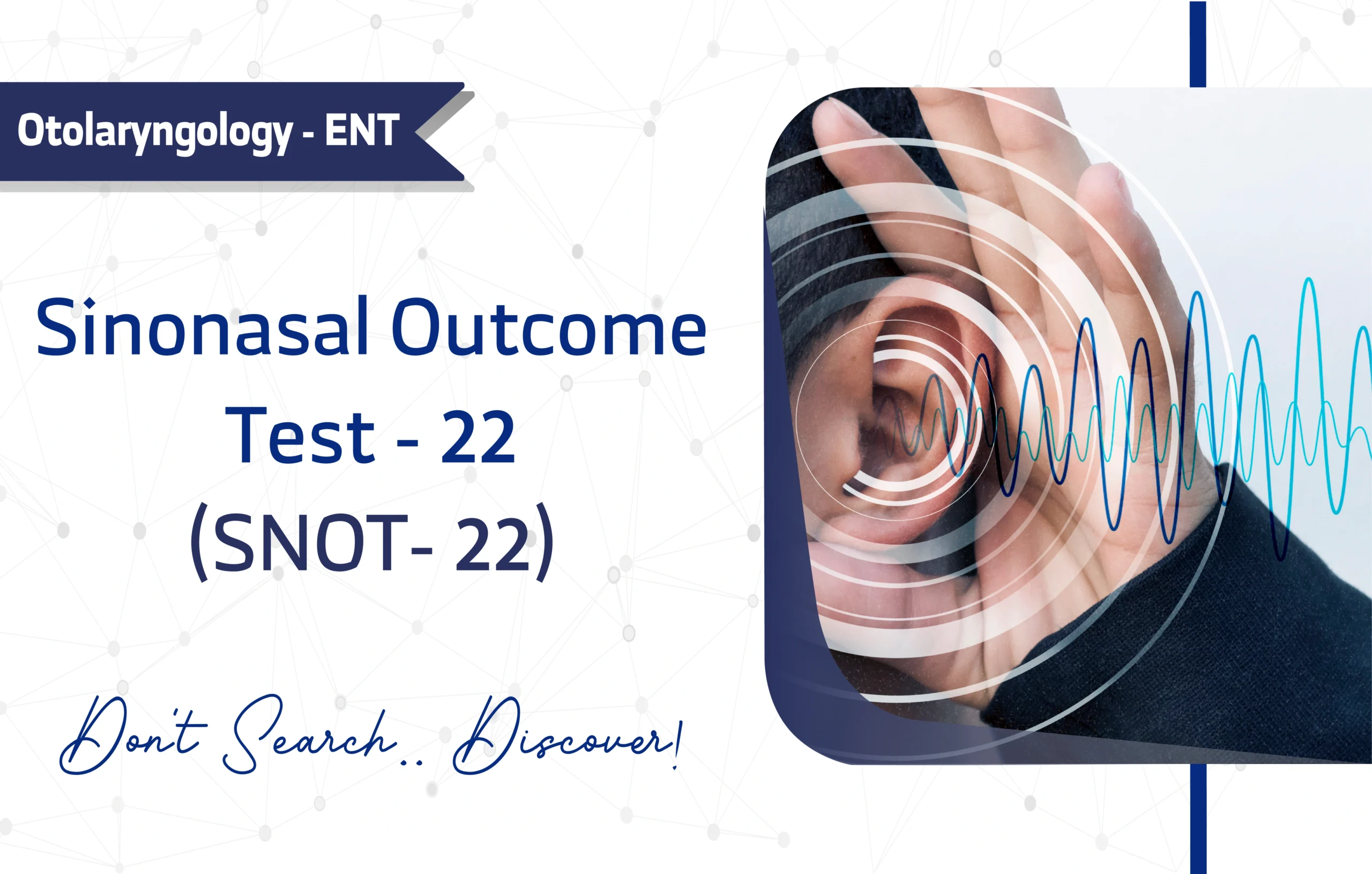Introduction
Peripheral Arterial Disease (PAD) affects over 200 million people globally, often impairing mobility and daily functioning. For clinicians and researchers, evaluating the impact of PAD beyond clinical metrics is critical. The Vascular Quality of Life Questionnaire – 25 (VascuQoL-25) offers a disease-specific, validated tool to assess health-related quality of life (HRQoL) in PAD patients—including those with intermittent claudication and critical limb ischemia.
Published in 2001 by Morgan, Crayford, Murrin, and Fraser, the VascuQoL-25 has been cited in over 298 scientific studies, highlighting its influence in vascular health research. This article explores the questionnaire’s features, scoring, applications, and limitations to help researchers and clinicians integrate it effectively into practice.
Key Features of Vascular Quality of Life Questionnaire - 25
Purpose and Use
Primarily, the VascuQoL-25 assesses the impact of PAD on patients’ daily lives, encompassing physical symptoms, functional limitations, social interactions, and emotional well-being. It’s widely used in both clinical practice and research to monitor disease progression and treatment efficacy.
Target Population
Age Groups:
While the questionnaire is primarily validated in populations with a mean age around 70 years, it’s designed for adults, especially seniors aged 65 and above. The VascuQoL-25 is particularly relevant for:
- Older Adults (45-64 years)
- Seniors (65+ years)
Structure
The questionnaire comprises 25 items, categorized into several domains:
- Pain: 4 items
- Symptoms: 4 items
- Activities: 8 items
- Social: 2 items
- Emotional: 7 items
Each domain provides insight into a specific aspect of the patient’s PAD experience, from physical discomfort to psychosocial well-being.
Scoring Method
Each item is rated on a 7-point Likert scale (1 = worst, 7 = best). Domain scores and the total score are calculated by averaging the item scores. Higher scores indicate better health-related quality of life.
Administration Format
The questionnaire can be administered in the following formats:
- Paper-based
- Digital (Online)
- Interview (In-person)
It takes approximately 10-15 minutes to complete, making it efficient for both clinical and research environments.
Applications of Vascular Quality of Life Questionnaire - 25
Clinical Utility:
- Screening: Quickly assess patient-reported burden of PAD.
- Monitoring: Track changes in quality of life during or after treatment.
- Treatment Planning: Identify the domains most affecting the patient and personalize intervention.
Research Use: VascuQoL-25 supports both observational and interventional studies by:
- Measuring baseline quality of life
- Monitoring the impact of interventions
- Facilitating patient-centered outcomes research (PCOR)
Compatible and Related Tools:
- SF-36
- EQ-5D
- Walking Impairment Questionnaire (WIQ)
- Peripheral Artery Questionnaire (PAQ)
Languages Available
The VascuQoL-25 is available in multiple languages, including:
- English
- French
- German
- Swedish
- Italian
Reliability and Validity
The questionnaire demonstrates high reliability, with Cronbach’s alpha values ranging between 0.7 and 0.9, indicating strong internal consistency.
Limitations and Considerations
While the VascuQoL-25 is a robust tool, certain limitations exist:
- Self-report Nature: Potential for response biases.
- Cultural Biases: May not fully capture cultural nuances.
- Length: The 25-item format may be time-consuming.
- Language Barriers: Limited availability in some languages.
Additional Resources
For more information on the Vascular Quality of Life Questionnaire – 25, and to access the full questionnaire, visit the following resources:
- A direct link to the Original Validation Study
- You can access the questionnaire as a PDF through this link
- For inquiries, contact the first author: mbfmorgan@hotmail.com
Frequently Asked Questions (FAQ)
- Who can use the VascuQoL-25?
Researchers, vascular specialists, and clinicians assessing quality of life in patients with PAD, especially in older adults. - What makes it different from general HRQoL tools?
Unlike general tools like the SF-36, the VascuQoL-25 is specific to PAD, allowing for condition-targeted insights. - Is training required?
No. It is self-administered, requiring no specialized training to interpret results.
A word from ResRef
The VascuQoL-25 stands as a pivotal tool in assessing the quality of life in PAD patients. Its comprehensive structure, validated reliability, and adaptability across languages make it indispensable for clinicians and researchers alike. By understanding and utilizing this questionnaire, healthcare professionals can better address the multifaceted impacts of PAD on patients’ lives.
References
Morgan, M. B. F., Crayford, T., Murrin, B., & Fraser, S. C. A. (2001). Development of the Vascular Quality of Life Questionnaire: A new disease-specific quality of life measure for use in lower limb ischemia. Journal of Vascular Surgery, 33(4), 679-687. https://doi.org/10.1067/mva.2001.112326. Link









1 thought on “Vascular Quality of Life – 25 (VascuQoL-25): A Full Guide for Researchers and Clinicians.”
Greetings Sir/ Madam ,
For my upcoming research project i require 25 items containing VASCUQOL ( English version ). Kindly do send a copy for the below mentioned email id.
Thanks & Regards
Dr Prarthana
JSS Hospital, Mysuru
Karnataka 570004